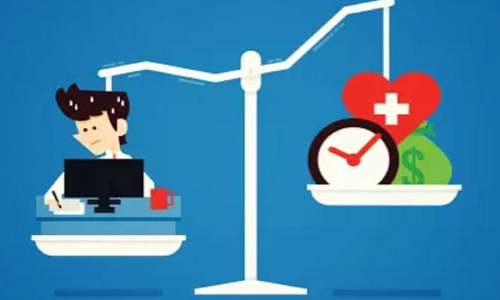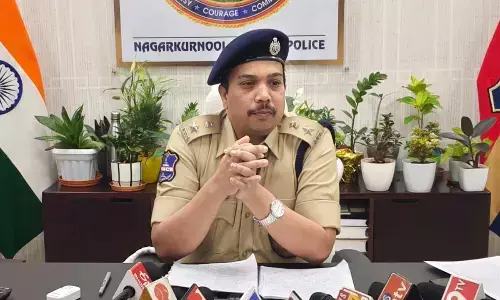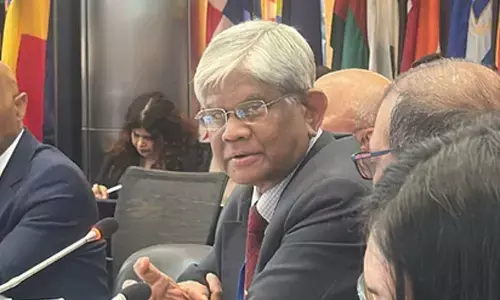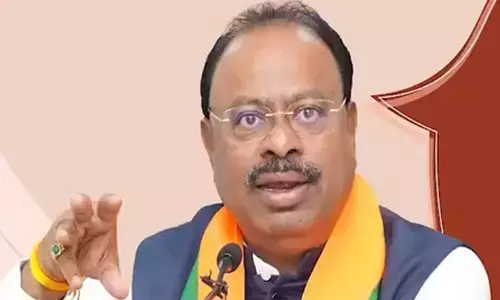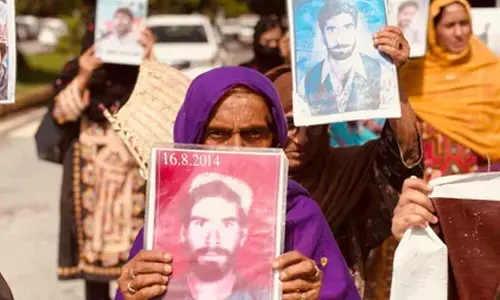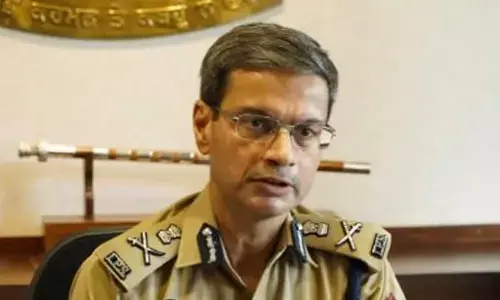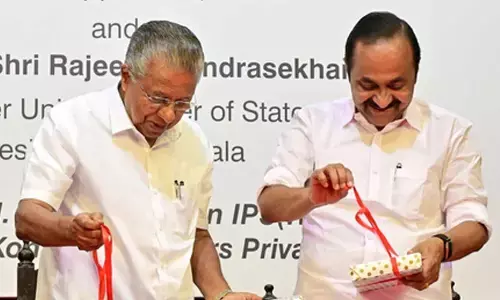Understanding communal harmony and politics of division in India
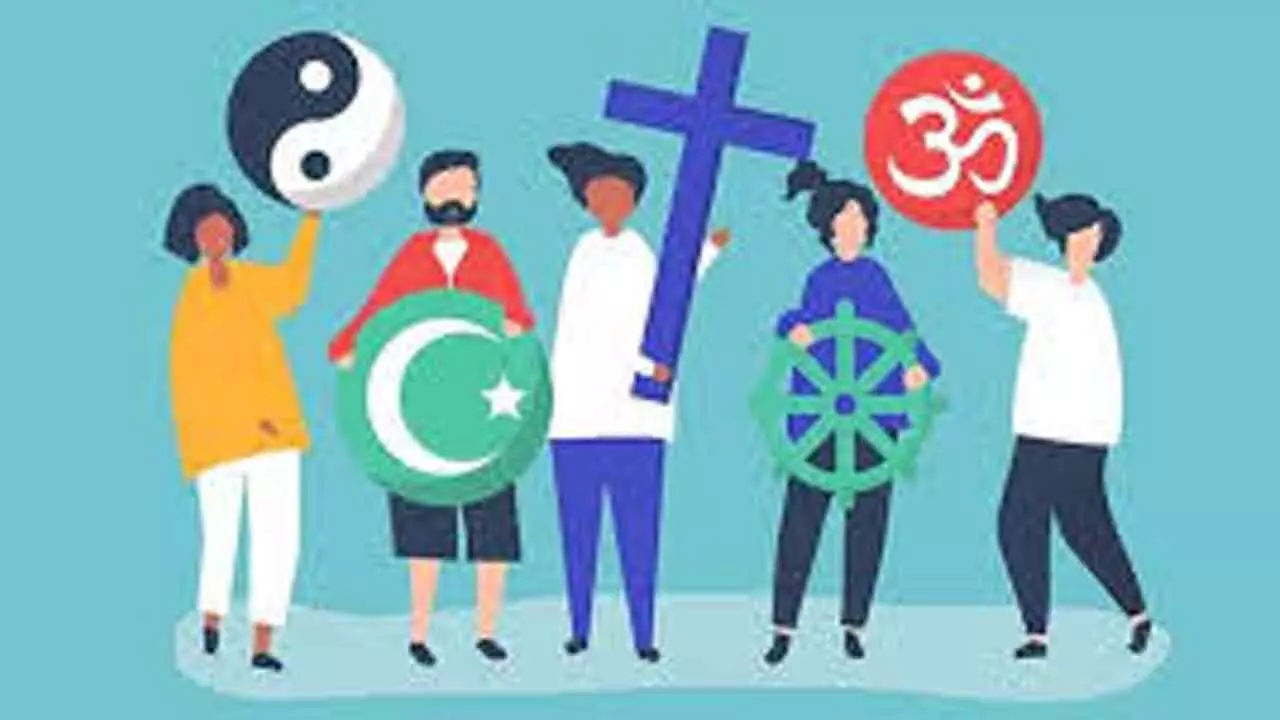
India, with its rich mosaic of cultures, religions, and languages, is a living example of “unity in diversity.” For centuries, people of various faiths—Hindus, Muslims, Christians, Sikhs, Jains, Buddhists, and others—have coexisted peacefully, participating in each other’s festivals, sharing local customs, and living as neighbours, friends, colleagues and as a family as well. While India has had its share of communal tensions, it is essential to recognise that these incidents are the exception, not the rule. Often, when violence erupts between communities, it is not a spontaneous expression of hatred, but rather a calculated political orchestration.
The daily lives of most Indians are marked by coexistence rather than conflict. Across towns and villages, one can find temples standing next to mosques, people from different religions working together, and interfaith friendships, marriages and celebrations of festivals that defy divisive narratives. From the bustling lanes of Old Delhi to the serene towns of Kerala, India’s social fabric is deeply interwoven with mutual respect and shared histories. The reality is that communal harmony is not just an aspiration in India—it is already a lived experience for millions. So why then do we see periodic eruptions of communal violence?
The answer lies largely in politics. Communal violence has too often been used as a tool to polarise voters, consolidate vote banks, and distract from pressing issues like unemployment, inflation, or poor governance. Political parties, cutting across ideologies, have at times resorted to identity-based rhetoric, appealing to narrow interests instead of fostering inclusive development. It is no coincidence that communal tensions often escalate around election seasons or during periods of political instability. When leaders speak in coded language or demonize certain communities, it sends a message to the fringe elements that violence is acceptable or even encouraged. Numerous investigations into major communal riots—from the anti-Sikh riots in Delhi in 1984, communal riots in Hyderabad in 1984 and 1991 riots to the Gujarat riots of 2002, the Muzaffarnagar riots of 2013, or the Delhi riots of 2020—and the recent Mushirabad violence have revealed patterns of political complicity and administrative failure. Eyewitnesses have often spoken of police inaction, selective justice, or even direct incitement by elected representatives. In many cases, justice has remained elusive, further deepening the wounds.
What makes this even more tragic is the long-term impact on ordinary citizens. Families are displaced, businesses are destroyed, trust is broken, and communities that once lived side by side are driven apart.
Yet, even after such horrific incidents, the same people often find their way back to rebuilding ties. This resilience and desire for peace among the common people stand in stark contrast to the divisive games played by those in power.
Social media has added a new layer to this dynamic, with misinformation spreading rapidly and often going unchecked. Posts on social media platforms can spark unrest within hours, even in places with no history of communal animosity. Here again, political actors have been found to exploit digital platforms to push divisive agendas and amplify hate speech.
However, the way forward lies in empowering civil society, strengthening rule of law, and holding political leaders accountable. Media must play a more responsible role in highlighting peace-building efforts and exposing those who profit from division. Educational institutions must nurture critical thinking and a sense of shared citizenship among the youth.
India’s soul thrives on pluralism. The everyday peace among communities is proof of the people’s innate sense of tolerance and coexistence. When communal violence does erupt, it is rarely because people cannot live together—it is because someone in power doesn’t want them to. Recognising this truth is the first step towards building a more just, peaceful, and united nation.






